Which automaker confirmed a future electric pickup this week?
Which brand teased what might be the best alternative to a new Tesla Roadster?
This is our look back at the Week In Reverse—right here at Green Car Reports—for the week ending March 4, 2022.
This was a week of major corporate announcements—and some major blunders. In the latter category, Rivian faced a barrage of cancellations—over a mammoth price hike imposed suddenly on its early adopters. On Tuesday the company made a supply-chain-related price hike of up to $12,000 on its R1T pickup and R1S electric trucks while introducing dual-motor versions that, with a smaller battery pack, would have been available at the same price point. With the price changes enacted on all preorders—not just those from this point forward—longtime reservation-holders felt ambushed. Two days later, after much backlash, CEO RJ Scaringe reversed the price hike for those who had preorders, and apologized for the blunder.
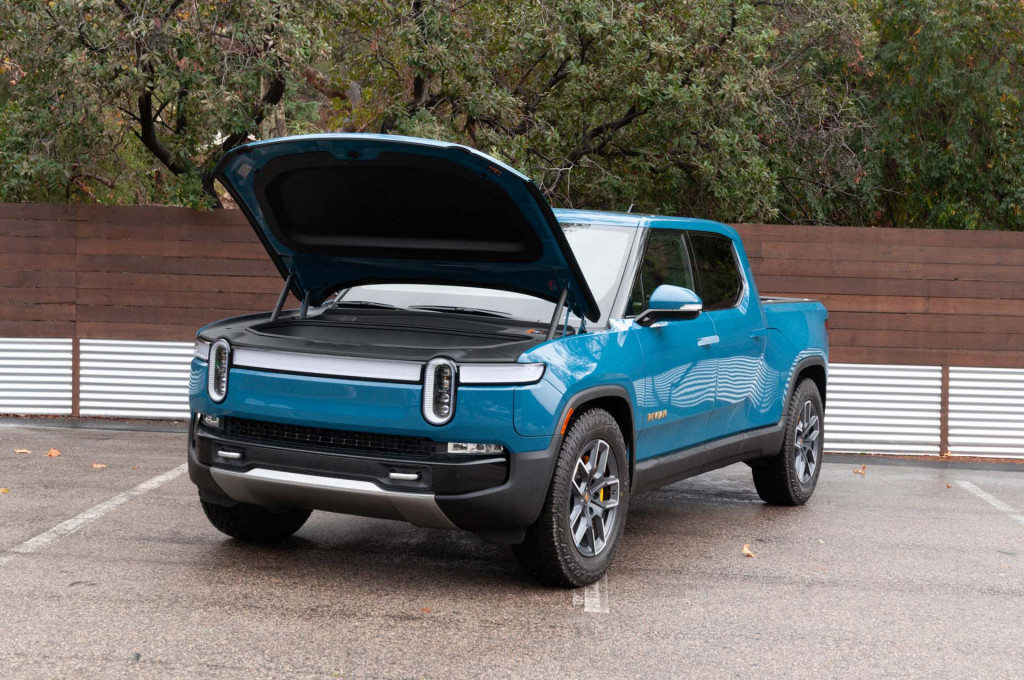
2022 Rivian R1T
The week’s biggest surprise from the industry was news that Sony and Honda are allying to build EVs, with the first product due in 2025 from the potential joint-venture company. Could it help accelerate Honda’s EV plans and give Sony the car-market inroads it’s been seeking?
Lucid on Monday provided an update on its “ultra-high-efficiency” Gravity SUV—with a nudge to 2024 for the model’s arrival but promises from CEO Peter Rawlinson that it will be a “disruptive” model. The company also confirmed that its first international plant will be located in Saudi Arabia, with production online by 2025 and a maximum capacity of 150,000 vehicles annually.
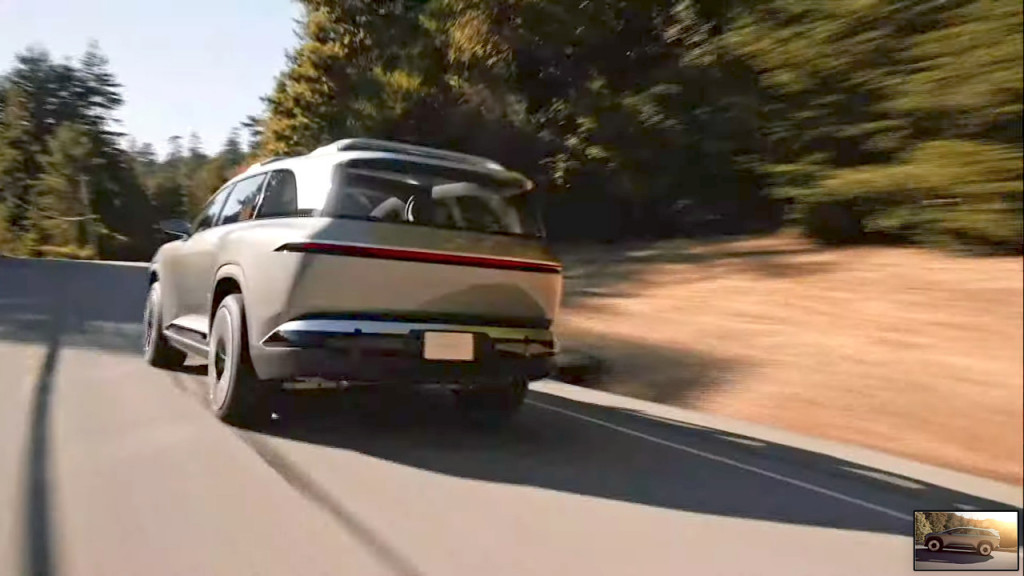
Lucid Project Gravity - from video clip during Air debut
Panasonic announced on Monday that it plans to ramp up production of large-format 4680 cylindrical cells—the kind that Tesla championed at its 2020 Battery Day—in Japan. With mass production due to start sometime after March 2023, Tesla will need sourcing from its own facilities or another supplier in order to avoid further delays to the Cybertruck and volume production of Model Y at its Texas plant. U.S. production could be part of the plan as well; on Friday, a report from Japan suggested the company is looking at Oklahoma or Kansas as the location of a battery plant that might supply Tesla.
Ford on Wednesday announced the formation of a new “Model e” unit tasked with the development of EV platforms and surrounding software, as well as new ways of selling vehicles. It aims to accelerate the shift to EVs, as well as their development. It also showed off some of the intense cold-weather traction-system testing that went into calibrating the F-150 Lightning electric pickup’s dual-motor system. Put simply, it’s emphasizing that the Lightning isn’t just positioned for California.
Vietnam’s Vinfast insists that it will make first deliveries of its VF 8 and VF 9 electric SUVs later in 2022. But with the clock ticking, the company has only shown a couple of vehicles, both with a concept-car level of finish. That said, as we note, it’s different and it stands apart from other hype-fueled startups with unrealistic targets.
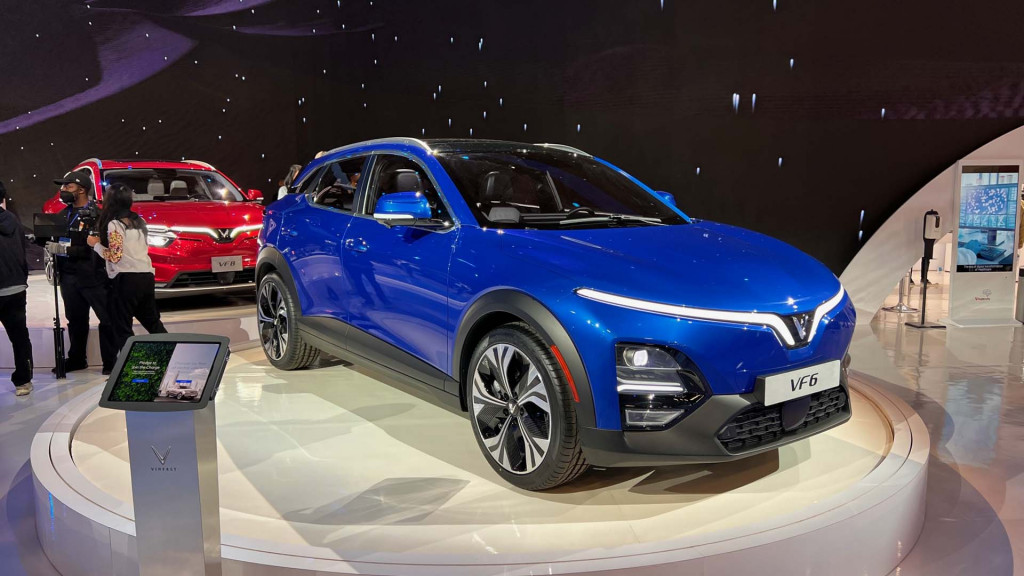
Vinfast VF6
Hyundai provided stepped-up electric vehicle goals—including the aim to have 7% of the global EV market by 2030 and a target of 1.87 million EVs annually for the Hyundai and Genesis brands by then. And then just a day later, Hyundai revealed a stepped-up plan with higher EV targets plus product plans for an electric pickup and “entry-level” EV—now among 14 new Kia EVs expected to launch globally by 2027.
As part of an expanded presentation of its EV plans, Stellantis teased a few more renderings of its fully electric Ram 1500, which could be quite a design departure from standard Ram pickups but not as wild as the Cybertruck. It also provided first photos of a fully electric Jeep due in 2023—appearing to be a model sized about like the Jeep Compass.
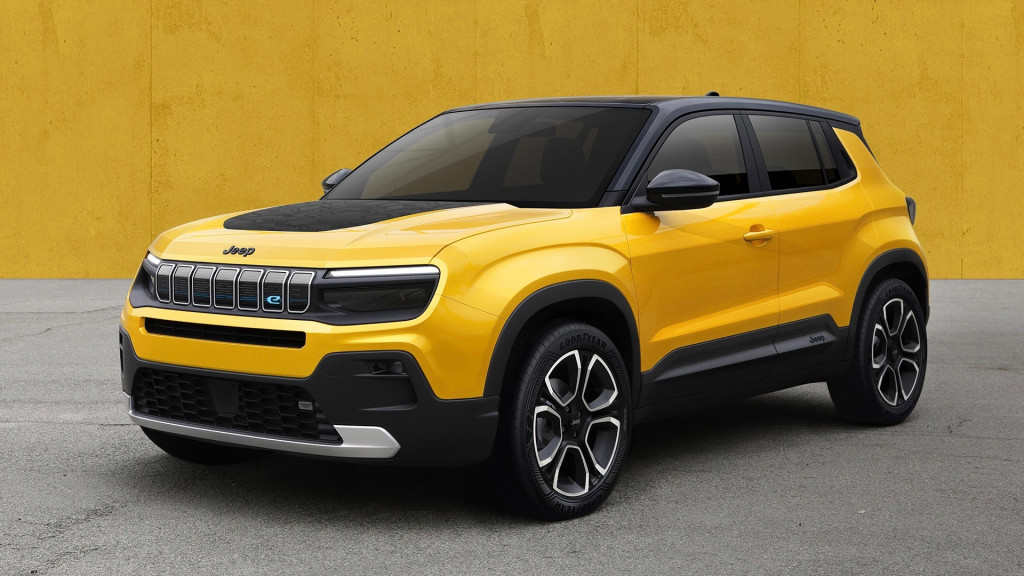
Teaser for Jeep EV due in 2023
Electric vehicles were well-represented in the IIHS’s annual Top Safety Pick honor roll. The Tesla Model 3 and Model Y, Volvo XC40 Recharge and C40 Recharge, Audi E-Tron and E-Tron Sportback, and Volkswagen ID.4 were all in the top echelon, with the Mustang Mach-E earning the next best Top Safety Pick status.
Could federal funds open the Tesla Supercharger network to non-Tesla EVs? Within comments filed to the Federal Highway Administration, as it helps lay out how to spend the $7.5 billion earmarked for a national EV charging network, that appears to be what the leading EV maker is suggesting. And according to analysis from IHS Markit, the stricter fuel economy and emissions standards enacted by the Biden administration could form “a lucrative revenue stream” for Tesla—and for other EV newcomers like Rivian, Lucid, and even Fisker.
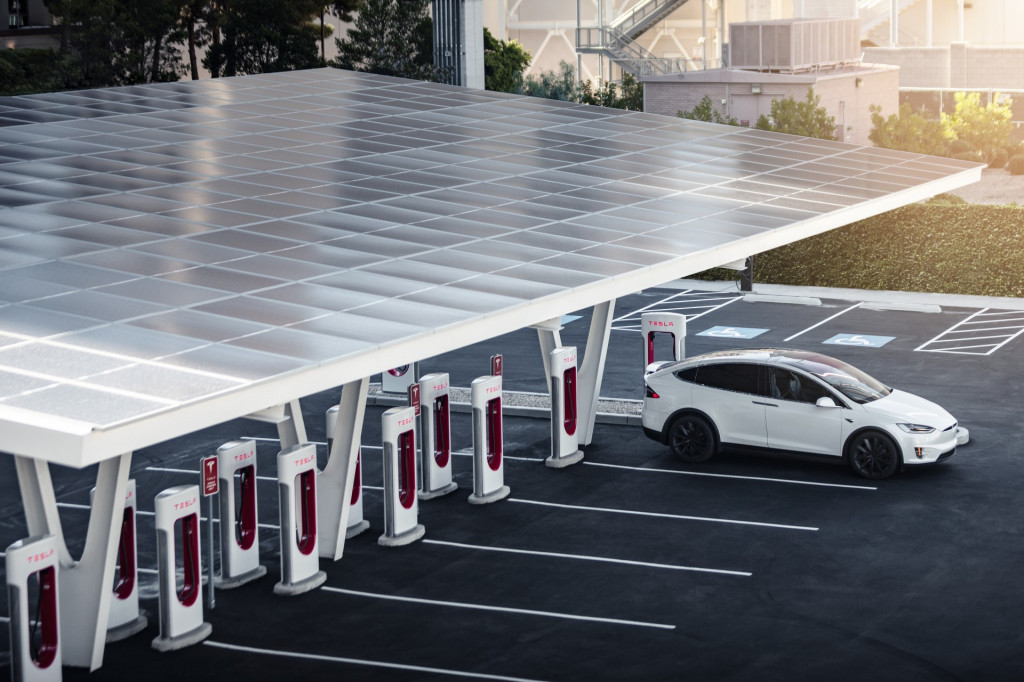
Tesla Supercharger station V3, Las Vegas
California exceeded a million cumulative plug-in vehicle sales—including aout 663,000 electric vehicles—by the end of 2021, according to recent data from the state. Will incentives, policy, and infrastructure get it to 5 million by 2030?
The U.S. Supreme Court is considering a case that challenges the EPA’s ability to regulate greenhouse gas emissions from coal power plants—led by coal companies and fossil-fuel states who are alleging that the agency doesn’t have the authority to shift electricity generation to renewable sources.

Polestar O2 concept
And if you’re still waiting for the new Tesla Roadster, Polestar this week revealed the O2 Concept. As a fully electric sports car that appears to put the bullseye somewhere between that and a Porsche 911, it captures some of the same excitement.
_______________________________________













